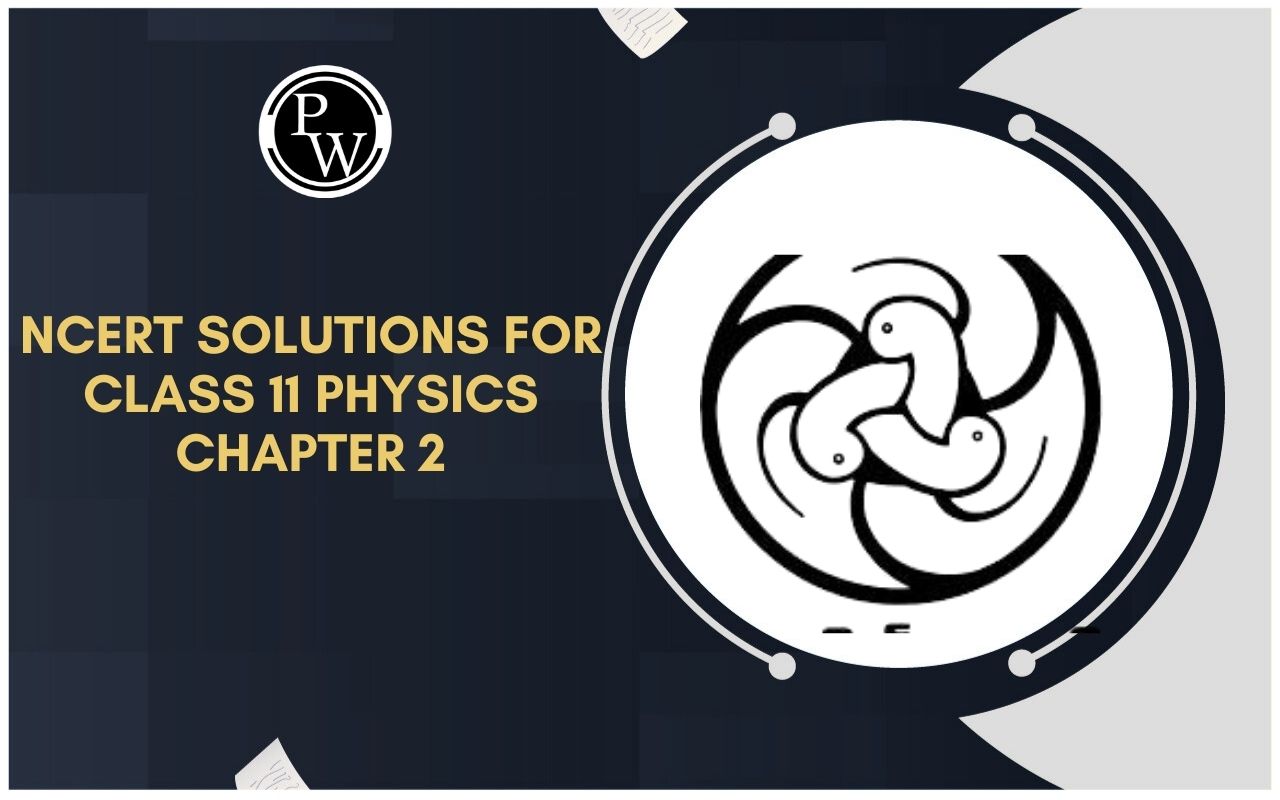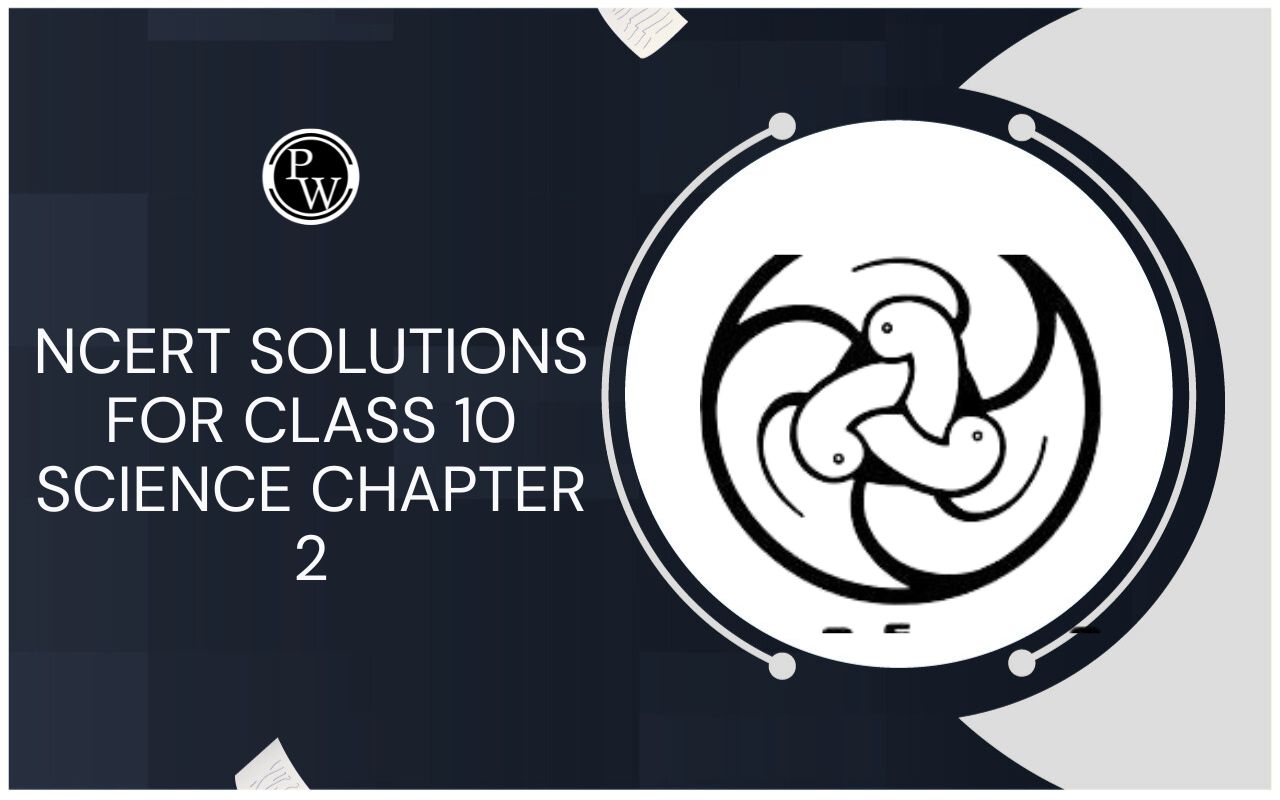
About Friction
Friction of Class 8
About Friction
It is a well known phenomenon in the universe that anybody which is in a state of motion on any plane, left to itself, automatically comes to rest after travelling through some distance. This is due to the fact that some opposing force comes into play between the two surfaces which are in contact. This opposing force is called frictional force. This frictional force is always tangential to the surfaces in contact, and acts in a direction opposite to the relative motion of the body. Friction also exists even when the bodies do not move over each other.
The force which comes to act along the direction tangential to the surfaces in contact and opposes the relative motion is called frictional force or simply friction.
CAUSES OF FRICTION:
When seen under a powerful microscope, every surface appears uneven with a number of depressions and elevations. When a body is placed on the surface of the another body, the elevations of the first body set into the depressions of the another body. It means that there is an interlocking of the surfaces of the two bodies. Automatically this causes an opposite force which resists the motion of one body over the other body. When an external force is applied, these depressions and elevations are sheared off and the body slides over the surface. Hence the pulling or sliding force encounters an opposition force. This opposition to slide the body on any surface is mentioned as sliding friction.
Figure shows how the interlocking of elevations and depressions occur between the surfaces of contact, when a body rests on a surface. When the body is set to move over a surface it encounteres continuously the frictional force.
It was found that frictional force depends upon the materials in contact, the conditions of the sliding surfaces and the force with which they are pressed.
Inter locking of elevations and depressions between surfaces









